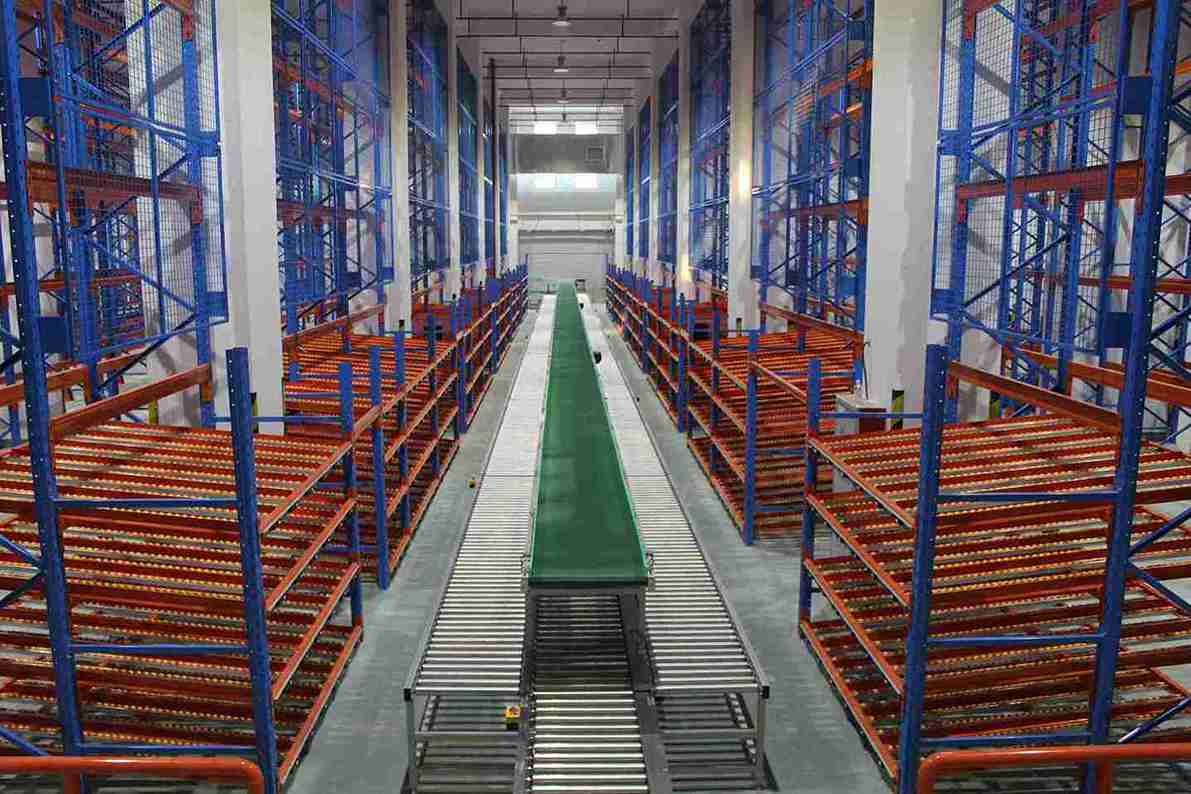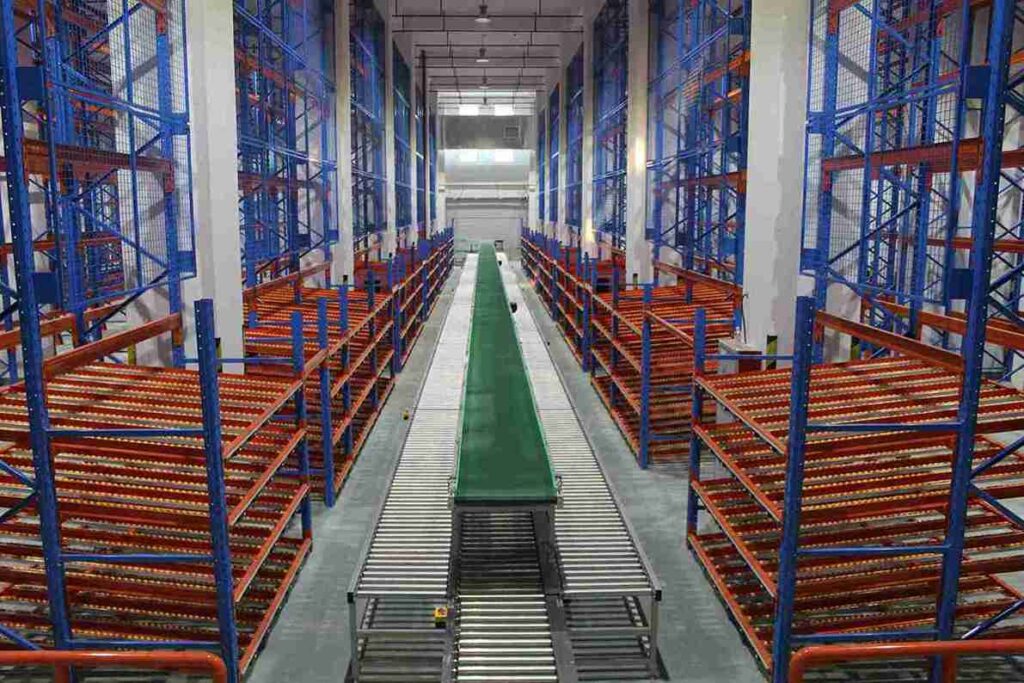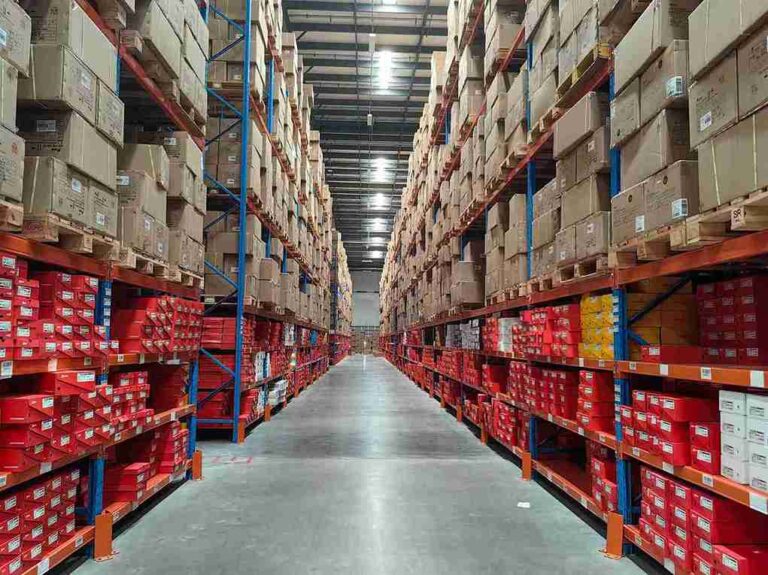📐 "First 50 Enterprise Queries Get Custom 3D Warehouse Design" Plan

Introduction: Why Racking Systems for E-Commerce Are Revolutionizing Warehousing
The explosive growth of online retail has created unprecedented demands on fulfillment operations. At the heart of this transformation are racking systems for e-commerce – specialized storage solutions designed to handle the unique challenges of modern order fulfillment. Unlike traditional warehouse setups, racking systems for e-commerce must accommodate rapid inventory turnover, diverse product sizes, and lightning-fast picking requirements.
This comprehensive guide explores how cutting-edge racking systems for e-commerce are helping businesses:
-
Reduce order processing times by up to 60%
-
Increase storage density by 30-50%
-
Slash fulfillment errors to near-zero levels
-
Handle seasonal demand spikes effortlessly
For logistics managers, warehouse operators, and e-commerce entrepreneurs, understanding these systems isn’t just helpful – it’s becoming essential for survival in today’s hyper-competitive online marketplace.

1. The E-Commerce Storage Revolution: Why Generic Racking Systems Fail
1.1 The Perfect Storm Challenging E-Commerce Warehouses
Modern fulfillment centers face three critical challenges that generic racking systems simply can’t address:
-
SKU Explosion: The average e-commerce warehouse now manages 15,000-50,000 distinct products, compared to just 3,000-5,000 a decade ago.
-
Velocity Demands: Where traditional retail allowed 3-5 day fulfillment cycles, 63% of consumers now expect same-day or next-day delivery.
-
Space Economics: With commercial real estate costs soaring 22% since 2020, every square foot must work harder.
1.2 How Specialized Racking Systems for E-Commerce Solve These Problems
The latest generation of racking systems for e-commerce addresses these challenges through:
-
Dynamic Storage Configurations that automatically adapt to inventory changes
-
Vertical Optimization utilizing previously wasted overhead space
-
Pick-Path Intelligence reducing worker travel time by up to 70%
A recent MIT study found warehouses using purpose-built racking systems for e-commerce achieved 38% higher productivity than those using conventional alternatives.
2. The 5 Game-Changing Racking Systems for E-Commerce Operations
2.1 High-Density Carton Flow Racks: The Picking Speed Solution
Best for: High-velocity SKUs (100+ picks/day)
How They Work:
These gravity-fed racking systems for e-commerce use inclined rollers to automatically bring products to pickers. As items are removed from the front, new inventory slides into position.
Real-World Results:
-
Amazon’s Implementation: Reduced average pick time from 90 seconds to 22 seconds
-
Costco’s Adaptation: Handled 300% more SKUs in same footprint
2.2 Automated Storage and Retrieval Systems (AS/RS)
Best for: Large-scale operations processing 10,000+ orders/day
Cutting-Edge Features:
-
Robotic shuttles that operate in ultra-narrow aisles (just 5 feet wide)
-
Machine learning algorithms that predict optimal storage locations
-
Integrated weighing systems that detect picking errors in real-time
ROI Breakdown:
-
Labor savings: $1.2M annually per 100,000 sq ft facility
-
Accuracy improvement: 99.99%+ order accuracy
2.3 Hybrid Mezzanine Racking Systems
Innovation Spotlight: Two-tiered structures combining:
-
Ground-level pallet flow racks
-
Upper-level carton live storage
-
Integrated conveyor systems between levels
Case Study: Wayfair’s Chicago facility increased storage capacity by 175% without expanding their footprint.
3. The Hidden Costs of Choosing Wrong Racking Systems for E-Commerce
Many operations managers underestimate how poor racking system selection impacts:
A. Labor Efficiency
-
Poor layouts can force pickers to walk 8+ miles per shift
-
Inefficient designs add 15-25% unnecessary labor hours
B. Inventory Accuracy
-
Suboptimal systems correlate with 3-5% shrinkage rates
-
Cycle counting becomes exponentially more difficult
C. Scalability Limitations
-
Fixed systems often can’t accommodate 2-3X holiday volume spikes
-
Retrofit costs typically exceed initial installation by 40-60%
4. Future-Proofing Your Investment: The Next Generation of Racking Systems for E-Commerce
Emerging technologies set to redefine racking systems for e-commerce:
4.1 AI-Optimized Dynamic Slotting
-
Machine learning algorithms that:
-
Predict demand surges 8 weeks in advance
-
Automatically reposition inventory for peak efficiency
-
4.2 Robotic Mobile Fulfillment
-
Autonomous mobile robots that:
-
Bring entire shelving units to pick stations
-
Continuously reorganize warehouse layouts
-
4.3 Sustainable Storage Solutions
-
Solar-powered automated systems
-
Recycled material racking with 30-year lifespans
Conclusion: Transforming Challenges into Competitive Advantages
The right racking systems for e-commerce don’t just store products – they create strategic advantages. Operations implementing optimized solutions consistently report:
-
25-40% faster order processing
-
15-30% lower fulfillment costs
-
50-75% reduction in picking errors
As e-commerce continues evolving at breakneck speed, warehouses that invest in purpose-built racking systems position themselves not just to survive, but to dominate their markets.
Frequently Asked Questions
Q: How long does installation typically take for new racking systems?
A: Most mid-size racking systems for e-commerce installations complete in 4-8 weeks, with phased implementations available to minimize disruption.
Q: Can existing warehouses retrofit these systems?
A: Absolutely. About 60% of implementations are retrofits, often achieving 80-90% of the benefits of ground-up designs.
Q: What’s the typical payback period?
A: Most operations see full ROI in 12-24 months through labor savings and throughput improvements.
Q: How do these systems handle returns processing?
A: Leading racking systems for e-commerce now incorporate dedicated returns modules with automated sorting and restocking.
Q: What maintenance is required?
A: Modern systems need surprisingly little – typically just annual inspections and occasional component lubrication.




